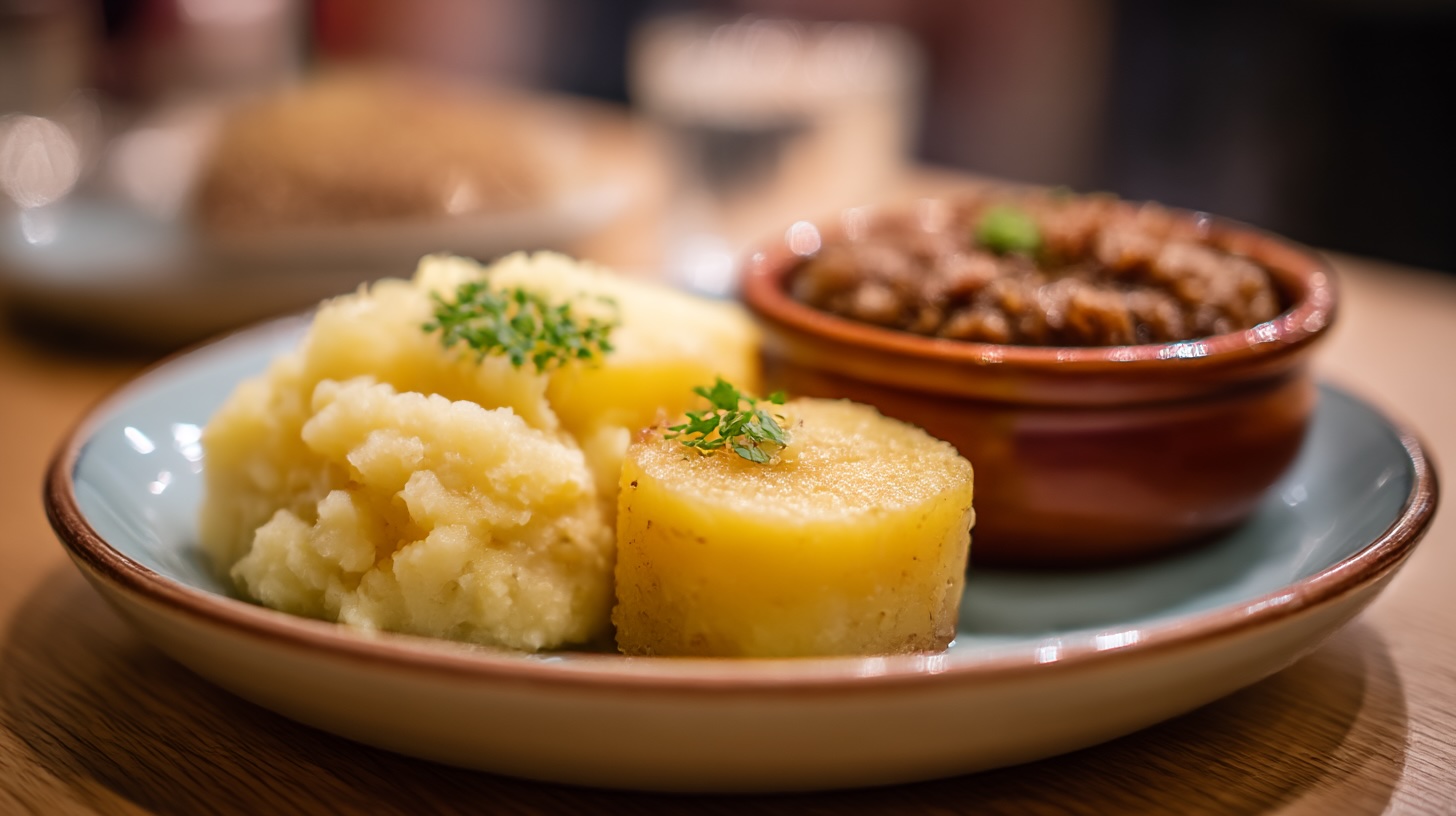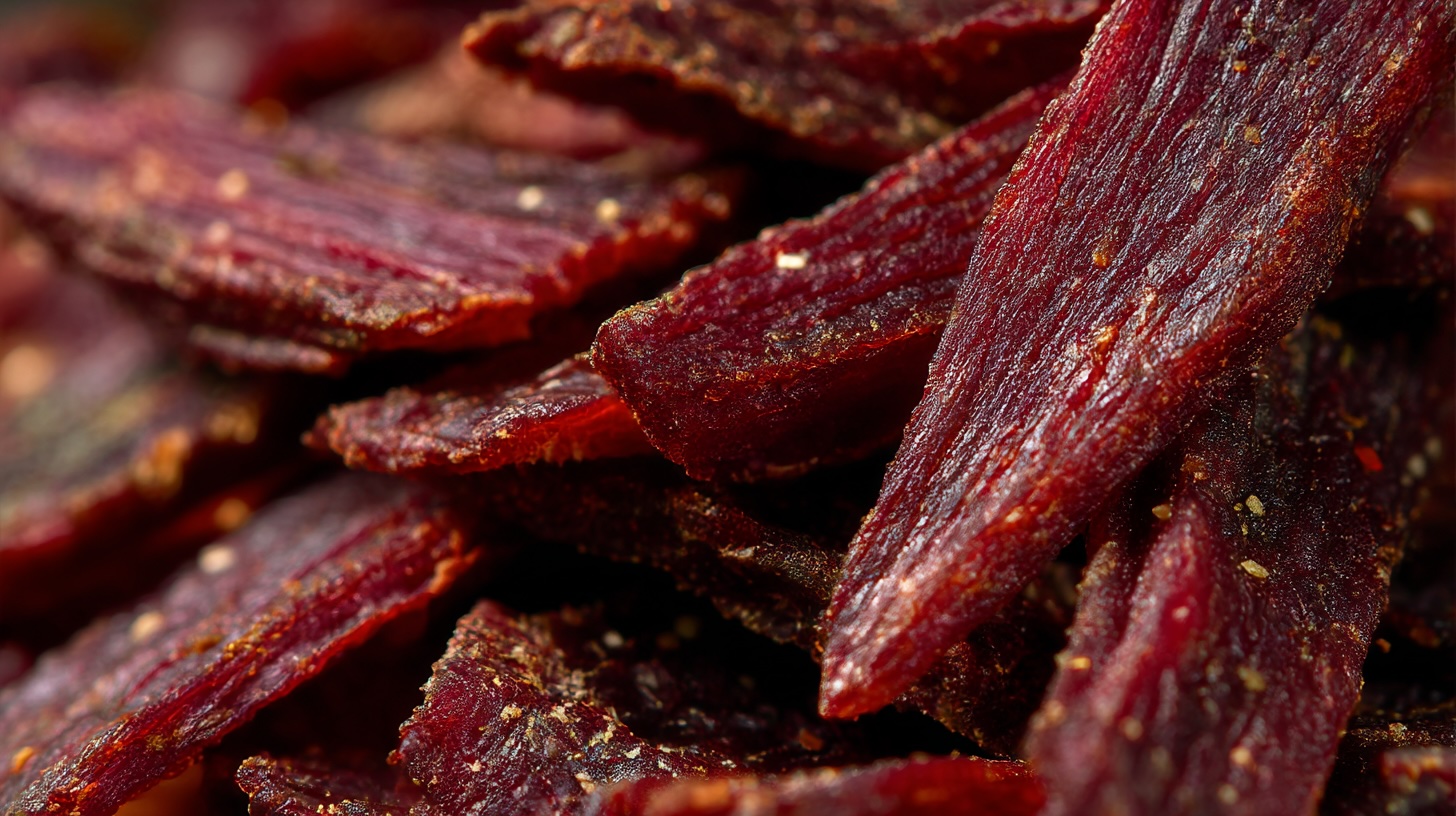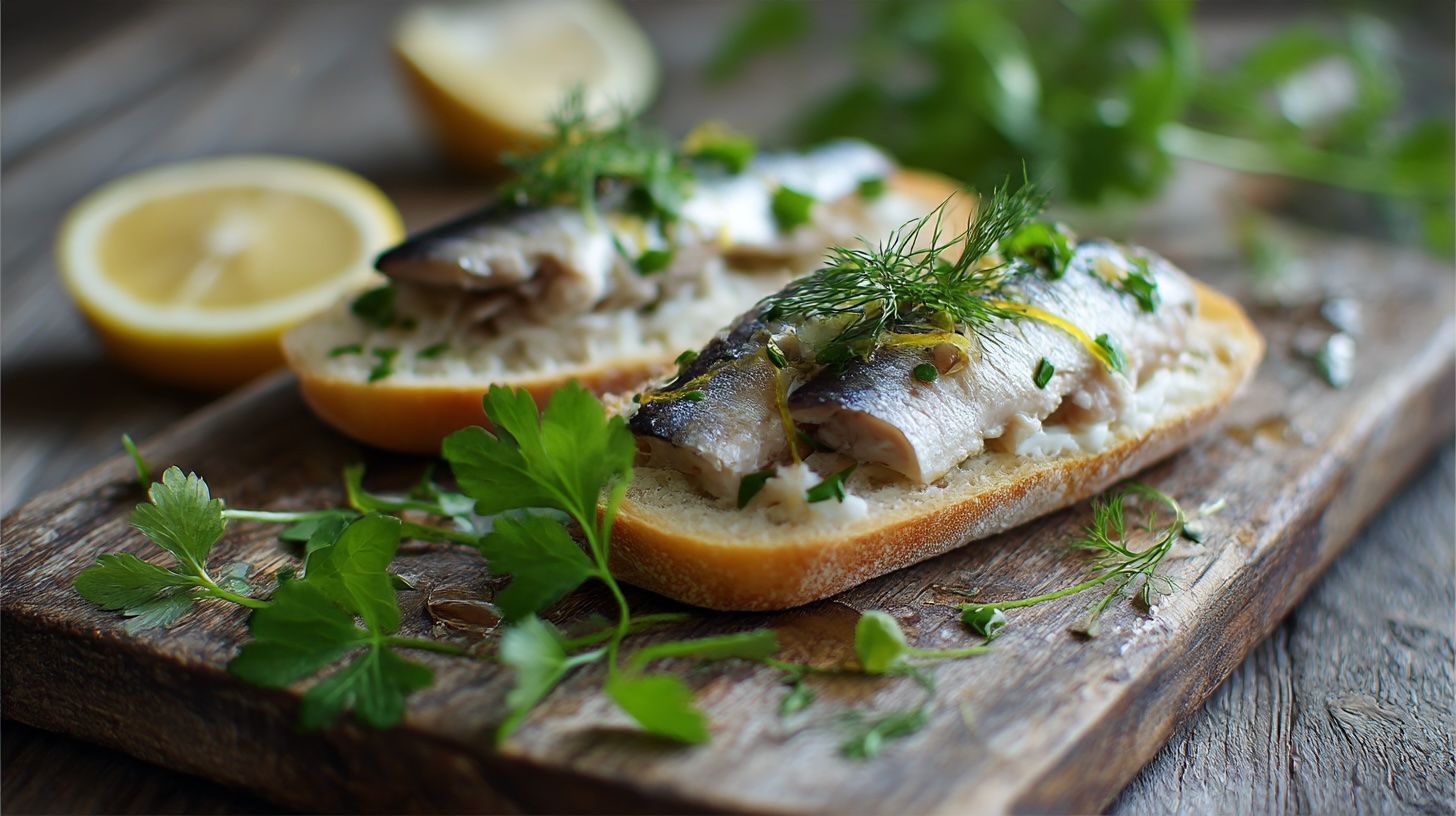Neeps and Tatties
Let’s talk neeps and tatties. Not a couple from a quirky sitcom, but Scotland’s favourite side dish with a name that’s fun to say and even more fun to eat. This unassuming duo of mashed swede (that’s the neep part) and potatoes (you guessed it, tatties) has been filling plates and warming bellies for centuries north of the border. But as with most traditional foods, there’s more bubbling beneath the surface than just root vegetables and butter.
Now, the name itself deserves a quick glance. “Neeps” is a friendly Scots abbreviation for turnips. Only, they’re not turnips in the way many people think. In Scotland, neeps usually refer to what the English call swedes (or rutabagas if you’re one of those transatlantic types). Meanwhile, “tatties” is just good old-fashioned Scottish for potatoes. And together, they’ve become inseparable from the grand, poetic, whisky-drenched celebration that is Burns Night. But we’re getting ahead of ourselves.
The roots of this culinary duo (pun enthusiastically intended) stretch far back. Potatoes made their way to Scotland in the late 16th century, initially to mild interest and then mass adoration. Cheap, filling, and blessedly well-suited to the northern climate, tatties became the cornerstone of the Scottish diet. Swedes came along a little later. Originally cultivated in Scandinavia, they were embraced by the Scots with their usual stoic practicality: they grew well, stored easily, and could handle a bit of frost. In short, perfect for surviving the Scottish winter.
The modern pairing of neeps and tatties owes its fame to the one and only Robert Burns. Or rather, to the annual supper held in his honour each January 25th. Burns Night is a strange and wonderful evening filled with kilts, bagpipes, toasts, and the ceremonious addressing of a haggis. That’s where our trusty vegetables come in. Haggis may steal the spotlight, with its sheepy offal glory and dramatic entrance, but neeps and tatties are the unsung heroes of the plate. They offer creamy comfort and earthy sweetness, a starchy counterpoint to the peppery spice of the main event.
Regional variations do exist. In the Highlands, tatties are often mashed with plenty of butter and a hint of cream, if the cows have been generous. In some parts of the Lowlands, you might find neeps lightly sweetened or spiked with a touch of nutmeg. Glaswegians might not even mash the neeps fully, leaving a bit of texture for good measure. And in some modern twists, folk add caramelised onions, herbs, or even whisky to their mash. Purists will scoff. Innovators will rejoice.
But what makes neeps and tatties so special isn’t just their taste or their historical ties. It’s the cultural weight they carry. These aren’t just vegetables. They’re a symbol of Scottish resilience, of making something hearty and delicious from what’s grown in your backyard. They remind us that food doesn’t need to be flashy to be meaningful.
Now, should you be wondering what to drink with this noble pair, the answer comes in a dram. A peaty single malt whisky is the traditional accompaniment on Burns Night. The smoke and depth of an Islay whisky (say, Lagavulin or Laphroaig) cuts beautifully through the richness of haggis and the sweetness of neeps. But even without haggis, a whisky pairs well. If you want something lighter, a crisp Scottish ale, perhaps a Caledonian 80/-, offers a malt-forward balance.
Other foods to plate alongside? Obviously, haggis is the classic. But neeps and tatties can hold their own with roast lamb, game meats, sausages, or even as a vegetarian main with a dollop of mustard or horseradish. Want to go rogue? Serve them with a fried egg and oatcakes for a breakfast that laughs in the face of cereal.
There are health benefits too, believe it or not. Swedes are low in calories but high in vitamin C and fibre, making them a great addition to any winter diet when colds and grey moods abound. Potatoes provide potassium and B vitamins, especially if you leave the skins on. If you skip the butter and cream, neeps and tatties can actually be a healthy, nourishing side. But then again, where’s the joy in that?
So where can you find neeps and tatties if you’re not already holed up in a cottage in the Cairngorms? During January, every pub in Scotland worth its salt will have them on the menu. Outside of Scotland, Burns Night has become something of a global diaspora event, so you’ll find Scottish societies in New York, Sydney, Toronto, and even Tokyo dishing them out once a year. And thanks to the magic of supermarkets, swedes and potatoes are always lurking somewhere in the veg aisle. Though a real Scottish butcher or grocer might be able to steer you to the good stuff.
Now to the heart of it: how to make the perfect neeps and tatties.
Neeps and Tatties Recipe
First, choose your roots wisely. For tatties, go with a floury variety like Maris Piper or King Edward – something that mashes beautifully. For neeps, you want a firm, heavy swede with no soft spots. Don’t get lured into buying actual turnips unless you know what you’re doing – they’re sharper, less sweet, and frankly might throw off the balance.
Peel both swede and potatoes. Chop them into roughly equal-sized chunks – they take different amounts of time to cook, so don’t chuck them in the same pot unless you like chaos. Boil them separately in salted water. Potatoes will take around 15 minutes; swedes closer to 30. You’ll know they’re ready when a fork slides in without resistance.
Drain thoroughly. For tatties, return to the pan and allow the steam to rise for a minute – this stops the mash going watery. Mash with a generous knob of butter, salt, pepper, and a splash of warm milk or cream if you’re feeling plush. For neeps, mash with butter, white pepper (essential!), and just a hint of brown sugar or nutmeg if you like your mash on the sweeter side.
Want to serve it right? Spoon the neeps and tatties onto your plate in separate mounds or swirled together like a root-veg yin and yang. Nestle a slice of haggis beside it, pour over a whisky sauce or good gravy, and you’ve got a dish that’s stood the test of time with all the warmth of a wool jumper and the grit of a Robert Burns stanza.
There you have it – a dish that’s humble, hearty, and oddly poetic. Neeps and tatties: they might not sound like much, but they’ve got centuries of stories in every spoonful. And you won’t need a kilt to appreciate that. Though it wouldn’t hurt.




Post Comment